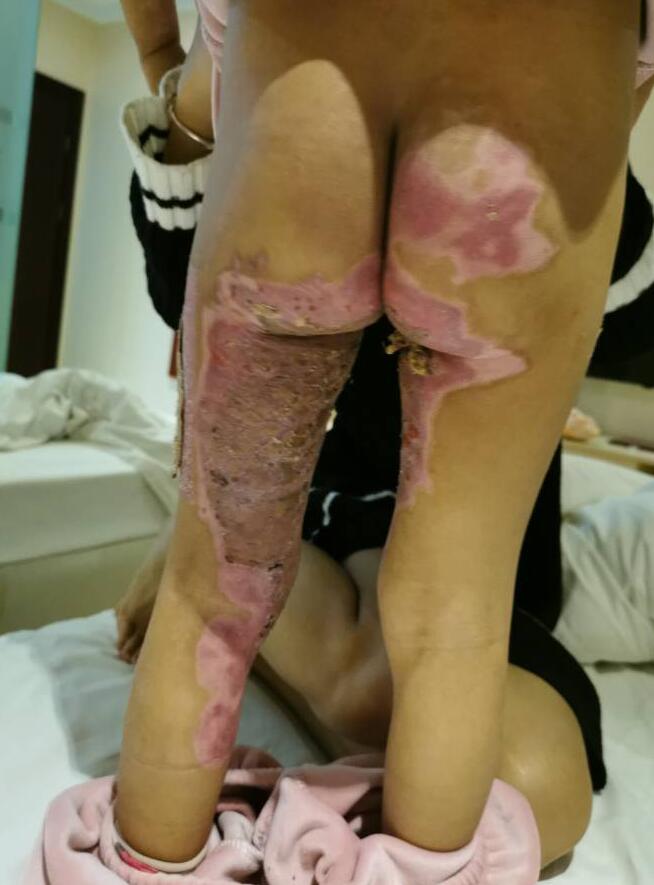
How is scar caused?
How is scar produced?
The formation of scars is a normal mechanism for the body to repair damaged skin. When the damage reaches deep into the dermis, the formation of scars cannot be avoided. In order to deal with skin damage, the body will synthesize new collagen fibers at the lesion. When the wound is completely healed, these collagen fibers eventually form a scar. Therefore, the cause, depth, shape, direction, and size of the skin injury are critical to the appearance of the scar in the future.
What do scars look like?
Most scars are flat and pale after stabilization. However, if the body's synthetic collagen fibers are too much, the scar will protrude, higher than the surrounding normal skin. Such a scar that protrudes is called a hypertrophic scar or keloid, and is more common in young people and people with darker skin. Hypertrophic scars and keloids are sometimes difficult to distinguish, but in general keloids tend to be longer and wider, and hypertrophic scars do not.
Some scars are concave. This is because the support structure (such as muscle) under the scar is missing or there is adhesion to the deep tissue. There are also some scars that are formed when the skin is stretched strongly because of the breakage of the elastic fibers. The most common of these is stretch marks.
Can scars be eliminated?
Once the scar is formed, it is impossible to completely remove the existing scar. However, the appearance of scars can be improved by various means such as laser, injection, and the like.
Can scars be prevented?
The prevention of scars is far more important than treatment, but many patients often do not know where to go after undergoing surgery. Open the Internet, and all kinds of advertisements are dazzling. In the end, many patients attributed the scar to the lack of eating a certain food, and clearly classified the scar as a scar. From a professional point of view, it is really ridiculous. Today, I will talk to you about the prevention of scars.
Precaution:
1. You should see a doctor immediately after being traumatized in your life.
The wound should be sutured as much as possible, and the scar formed by the wound after the suture will be much smaller than the scar that the wound naturally heals. Remove the suture as early as possible on the premise of wound healing. The activity at the wound site should be minimized. This is especially important for wounds around the joint.
2. After the wound is completely healed, daily massage can be performed on the scar.
Massage scars can loosen the adhesion between them and deep tissues to a certain extent. Of course, it is very important in the prevention of surgical scars such as cesarean section and appendicitis.
3. Maintain a certain degree of pressure on the surface of the scar
Local compression is important to prevent scar hyperplasia, especially for scars after burns. Many burn patients have healed when they are discharged from the hospital. The scars do not significantly protrude from the skin, but in the near future, the scars gradually accumulate due to neglect of the pressurization, resulting in various dysfunctions.
4, scars do not expose to the sun
Ultraviolet light slows down the healing process and can lead to deeper scarring. Don't care when the scar suddenly bulges and turns red. This may be a manifestation of local infection or allergies.
5, the wound should not be exposed to the air as much as possible
Keeping moist around the wound not only accelerates wound healing, but also prevents thick sputum formation.
In short, be patient when dealing with scars. Scars are generally stabilized after six months of skin injury. Therefore, when preventing and treating scars, you must not be too hasty. Of course, the specific situation of each person is different, so it is recommended that you should go to a regular medical institution to consult a professional doctor for further treatment.



